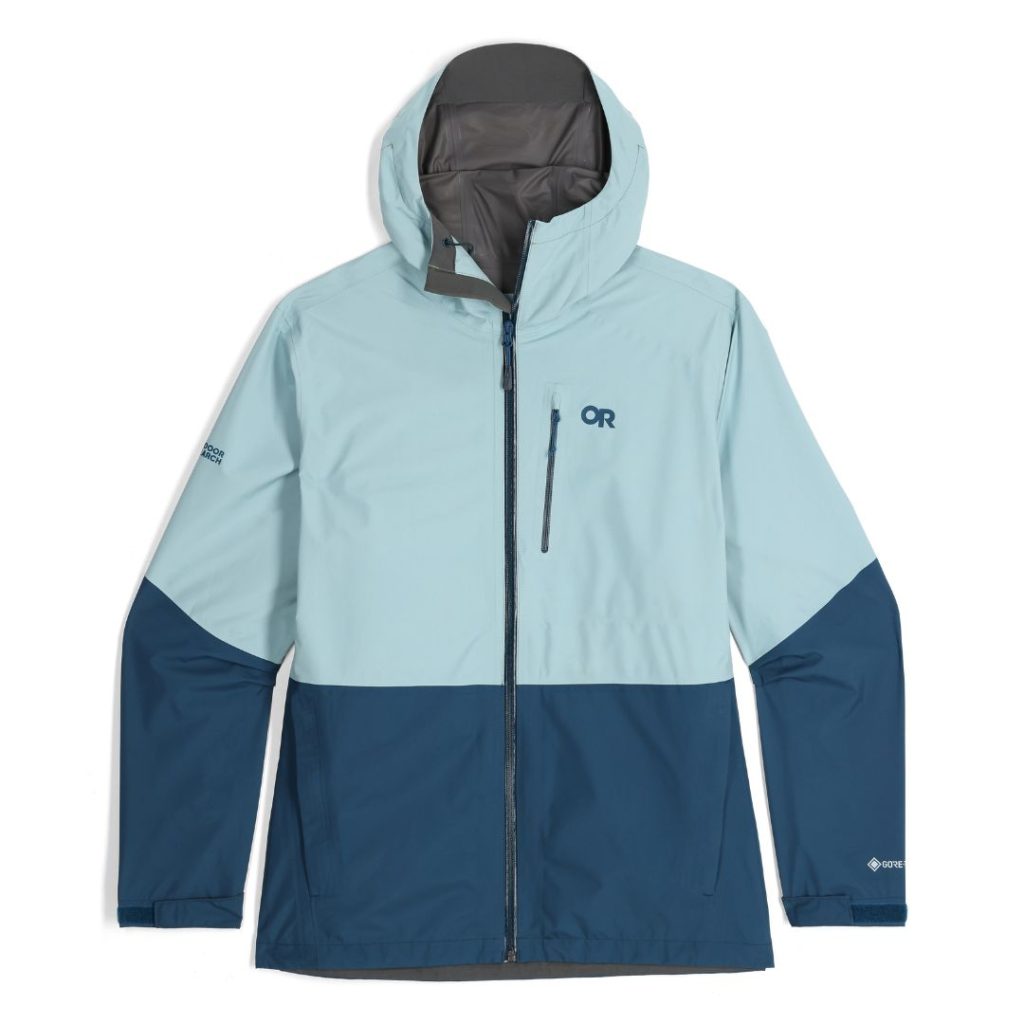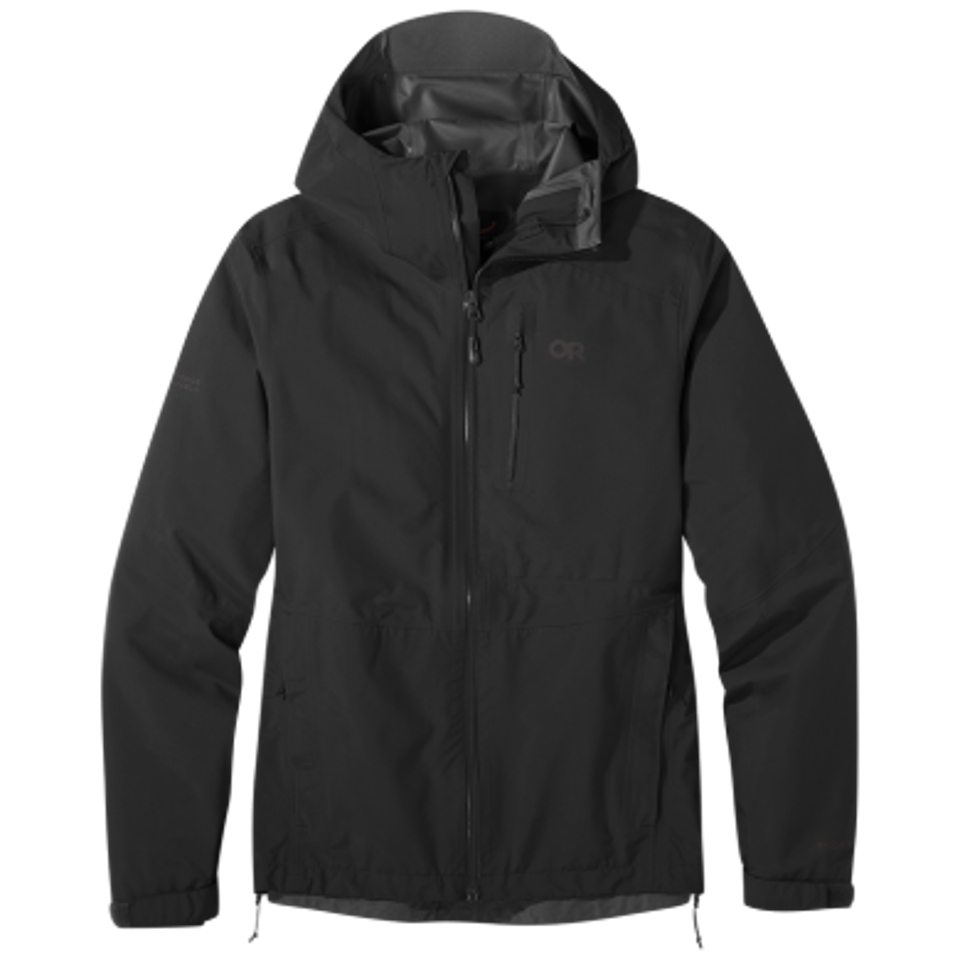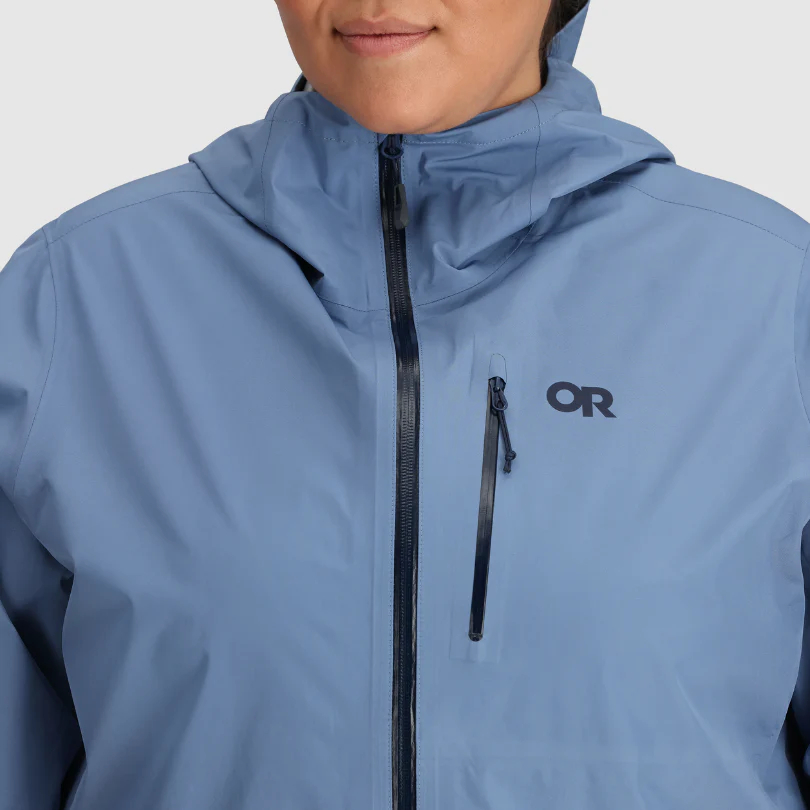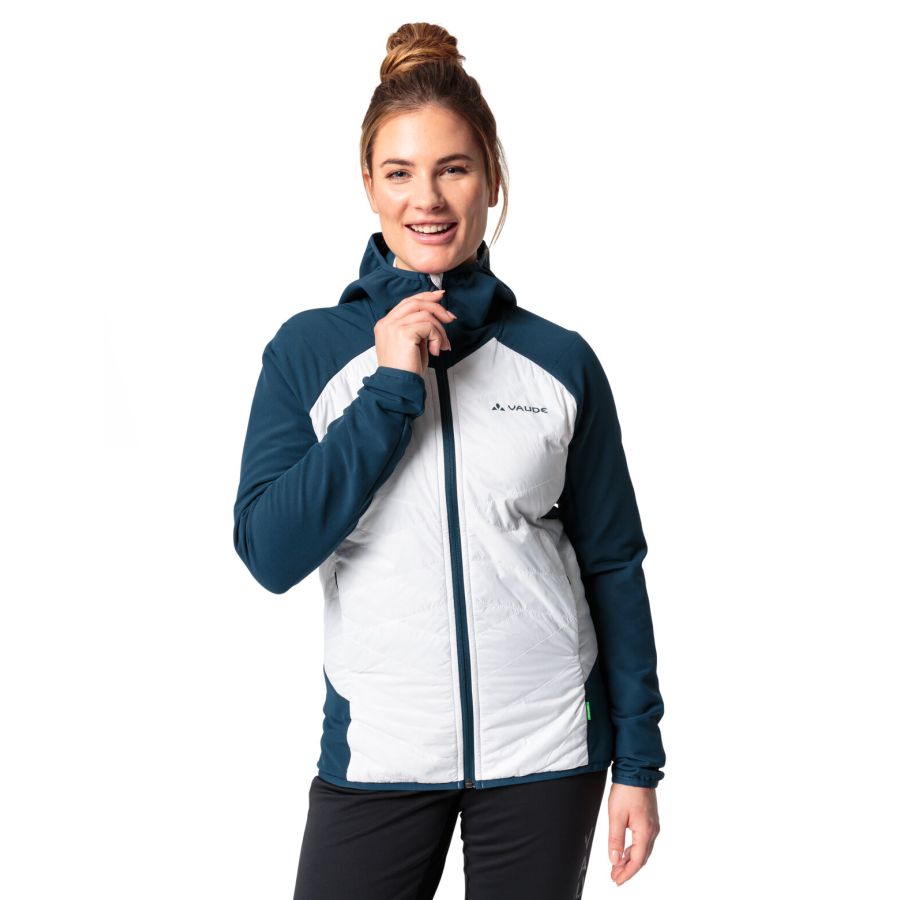Selecting the right outdoor jacket is crucial for staying comfortable and protected during various outdoor activities. From hiking and camping to skiing and everyday wear, the right jacket can make all the difference. This comprehensive guide covers the essential criteria for choosing an outdoor jacket, including different types, materials, features, brand recommendations, styling tips, and care instructions.
Types of Outdoor Jackets
Hiking Jackets
Hiking jackets are designed for durability and versatility. These jackets often feature waterproof or water-resistant materials to protect against rain. They also include breathable fabrics to prevent overheating during strenuous activity. Key features to look for include adjustable hoods, multiple pockets for storage, and lightweight designs for easy packing. Hiking jackets are typically longer to provide more coverage, and some come with ventilation zippers to improve airflow. They are ideal for various weather conditions, from mild showers to windy days, ensuring you remain comfortable on the trail.
Insulated Jackets
Insulated jackets are perfect for cold weather, offering warmth and protection against the elements. These jackets come in several types, including down, synthetic, and hybrid insulation. Down jackets are lightweight and compressible, providing excellent warmth for their weight. Synthetic insulated jackets, on the other hand, are better at retaining warmth when wet and dry faster. Hybrid jackets combine both types of insulation for optimal performance. Key features to consider include insulated hoods, adjustable cuffs, and drawcord hems for better heat retention. Insulated jackets are ideal for activities like skiing, snowboarding, and winter hiking.

Material Considerations
Waterproof Materials
Waterproof materials are essential for outdoor jackets designed to handle wet conditions. Gore-Tex is one of the most well-known waterproof materials, offering excellent water resistance and breathability. Other materials like eVent, H2No, and DryVent also provide similar benefits. These materials ensure that the jacket keeps you dry while allowing perspiration to escape, preventing you from becoming clammy during intense activities. Look for jackets with fully taped seams, water-resistant zippers, and durable water repellent (DWR) coatings for added protection. Waterproof materials are essential for jackets used in rainy and snowy environments.
Breathable Fabrics
Breathable fabrics are crucial for outdoor jackets, especially during high-intensity activities. These materials allow moisture from sweat to escape while preventing external water from entering, maintaining a comfortable internal environment. Fabrics like Gore-Tex Active, Polartec NeoShell, and Pertex Shield are known for their breathability. When choosing a jacket, consider the balance between waterproofing and breathability based on your activity level and typical weather conditions. Breathable fabrics are ideal for activities that require a lot of movement, such as hiking, climbing, and running, ensuring you stay dry and comfortable.
Essential Features
Adjustable Elements
Adjustable elements enhance the functionality and comfort of outdoor jackets. Features like adjustable hoods, cuffs, and hemlines allow you to customize the fit for better protection against the elements. An adjustable hood can be cinched tight to keep rain and wind out, while adjustable cuffs and hemlines prevent drafts and heat loss. Some jackets also feature pit zips for ventilation, allowing you to regulate your temperature during high-intensity activities. These customizable features ensure that your jacket adapts to various conditions, providing optimal comfort and protection.
Pockets and Storage
Pockets and storage options are essential for outdoor jackets, providing convenient access to your essentials. Look for jackets with multiple pockets, including chest pockets, handwarmer pockets, and interior pockets for secure storage. Waterproof or zippered pockets offer added protection for valuable items like your phone, wallet, and maps. Some jackets also feature mesh pockets for ventilation and quick drying. Consider the placement and accessibility of the pockets to ensure they meet your needs while on the go. Ample storage options enhance the jacket’s functionality, allowing you to carry essentials without the need for additional bags.

Brand Recommendations
Patagonia
Patagonia is renowned for its high-quality outdoor gear and commitment to sustainability. Their outdoor jackets are designed to withstand the rigors of various outdoor activities while minimizing environmental impact. Patagonia offers a wide range of jackets, from waterproof shells and insulated jackets to softshells and windbreakers. Key features include advanced materials like Gore-Tex and recycled fabrics, ensuring both performance and eco-friendliness. Patagonia’s attention to detail and innovative design make their jackets a reliable choice for outdoor enthusiasts seeking quality and sustainability in their gear.
The North Face
The North Face is another leading brand known for its durable and functional outdoor jackets. Their products cater to a wide range of activities, from hiking and climbing to skiing and everyday wear. The North Face jackets often feature advanced technologies like DryVent, HyVent, and ThermoBall insulation for optimal performance in various conditions. The brand’s focus on innovation and quality ensures that their jackets provide excellent protection, comfort, and durability. The North Face offers a diverse selection of jackets, making it easy to find one that suits your specific needs and preferences.

Styling Tips for Outdoor Jackets
Layering
Layering is essential for maximizing the functionality of your outdoor jacket. Start with a moisture-wicking base layer to keep sweat away from your skin. Add an insulating mid-layer, such as a fleece or down jacket, for warmth. Finally, top it off with your outdoor jacket for protection against wind, rain, and snow. Layering allows you to adjust your clothing to suit changing weather conditions and activity levels. Ensure that each layer fits comfortably over the previous one, providing mobility and comfort. Mastering the art of layering ensures you stay warm, dry, and comfortable in any situation.
Versatile Pairings
Versatile pairings are key to getting the most out of your outdoor jacket. Pair your jacket with different types of pants, such as hiking trousers, jeans, or thermal leggings, to create outfits suitable for various activities and weather conditions. Accessorize with hats, gloves, and scarves for added warmth and protection. Choose footwear that complements the activity, such as hiking boots, sneakers, or insulated winter boots. By mixing and matching different pieces, you can create a versatile outdoor wardrobe that adapts to different environments and activities, ensuring you are always prepared and stylish.
Care Instructions
Cleaning and Maintenance
Proper cleaning and maintenance of your outdoor jacket are essential for preserving its performance and longevity. Always follow the care instructions on the garment’s label. Use mild detergents and avoid fabric softeners, as they can damage waterproof coatings. Wash the jacket on a gentle cycle and rinse thoroughly to remove any detergent residue. Air drying is preferred to maintain the integrity of the materials and elastic bands. If machine drying is necessary, use a low heat setting. Regular cleaning helps maintain the jacket’s breathability and water resistance, ensuring it continues to perform well.
Storage Tips
Storing your outdoor jacket properly is crucial for maintaining its shape and functionality. After washing, ensure the jacket is completely dry before storing it to prevent mold and mildew. Hang the jacket on a sturdy hanger to maintain its shape and avoid creases. Store it in a cool, dry place away from direct sunlight to prevent fabric degradation and fading. Avoid compressing the jacket for long periods, as this can damage insulation and waterproof coatings. Regularly inspect your jacket for signs of wear and tear, addressing any issues promptly to prolong its lifespan.
Choosing the right outdoor jacket involves considering factors such as types, materials, essential features, brand reputation, styling, and proper care. By understanding the different options and their benefits, you can select a jacket that suits your specific needs and enhances your outdoor experience. Brands like Patagonia and The North Face offer high-quality options that cater to various activities and preferences. Proper care and maintenance ensure your jacket remains in optimal condition, ready to protect you in any weather. With the right outdoor jacket, you can confidently embrace your adventures, staying comfortable and stylish no matter the conditions.
